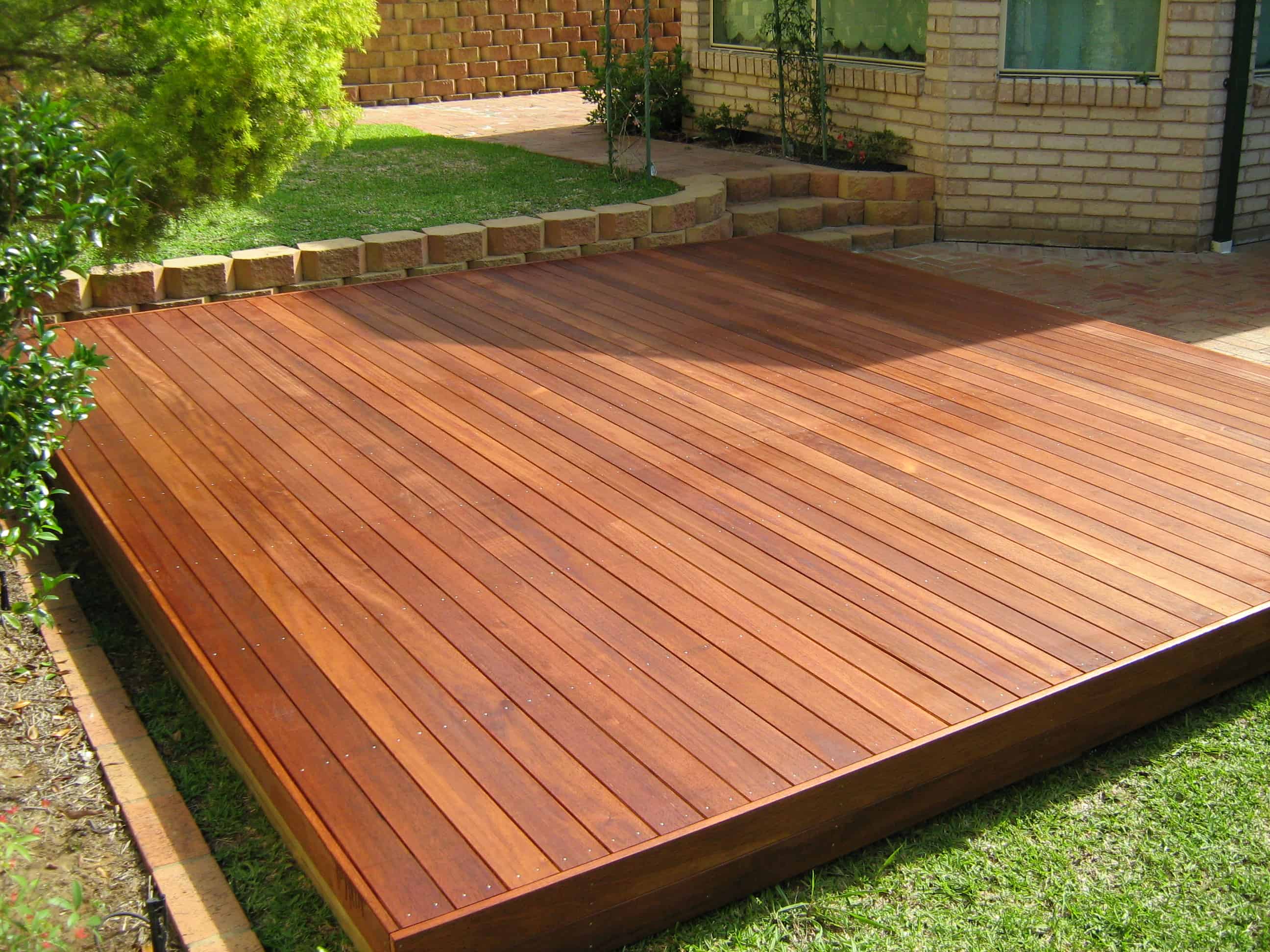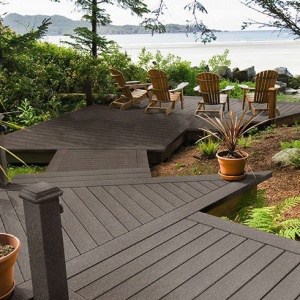
Backyard Style: Tips for Building a Floating Deck
Decks and backyard patios don’t need to be one-size-fits-all solutions. You’re unique, you’re home is unique—why shouldn’t your deck be unique? Decks & Docks provides a variety of materials and hardware to help homeowners and contractors craft unique decks that suit their personalities and lifestyles. So treat your backyard to some style and incorporate those features you want in an outdoor space. In this article, we’ll be covering one possible type of deck that you could incorporate into your plans.

Introducing the Floating Deck
One style we’re seeing more of recently is the “floating deck.” A floating deck is not attached to a building. It sits just above the ground and can be adjacent to a home or set off by itself in the yard. Floating decks can provide more seating, a dedicated eating area, or a different vantage point. A floating backyard deck is a perfect way to spruce up your home.
How Much Does it Cost to Build?
Floating decks average around $20 to $60 per meter. Using a floatable deck can be an excellent investment in time and money. It’s an easy project for a DIY-er because it doesn’t require posts and doesn’t need to be tied into a building. It also gives homeowners the ability to add space to their property without spending a large amount of money in the process. It does require planning, however, and plenty of sweat equity. DIYNetwork shares great information on how to build your own floating deck. This guide will help you with the deck-building process.
A floating deck can be less expensive than a regular deck, though it truly depends on the materials you choose for your project and whether you intend to hire a contractor or do the work yourself.
For those thinking of transforming an ugly cement patio into a nice wooden floating deck, it is possible, though it will require drilling into the cement. However, the finished product will make it well worth the effort.
Where Can You Add a Floating Deck?
As long as you can find or create level ground, you can add a floating deck to your backyard. Some great places to build a floating deck include:
- Near an outside pizza oven or stone grill for additional seating
- Close to a gardening plot for a bistro table
- Near your deck as a way to expand your deck space
If you have a view that is best captured from a particular area or angle, a floating deck can create a nice space from which to view it. Multiple floating decks can be connected with stepping stones to build a unique space for lounging, reading, and more. Floating decks can help break up a large expanse of a yard and create smaller environments, almost like rooms in your backyard. This beautiful backyard is truly amplified with the addition of two floating decks that seem to hover above a small creek. Truly, the possibilities are limited only by your particular yard and your imagination.
Safety Tips: Codes and Regulations
It’s important to note if you want your own floating wood patio, there may be safety regulations in your area. Normally, building a floating deck doesn’t require any permit to install on the ground level, though it is important to get confirmation of this before you begin construction as there are some locations that do require a permit. It is also possible that some cities will have zoning laws that can limit the size of structures on a property.
Note that floating decks do not need any handrail or staircase if it’s not more than 30 inches above the ground. The International Building Code requires the height of floating decks to be less than 30″ (762mm) from the ground. The requirements in Canada are slightly lower at 24″ (600mm) above the floor. Safety is very important, as decks can be hazardous and cause twisted ankles. Make sure that you take this into consideration when designing your own floating wood patio.
What’s Needed for Your Floating Deck Plans?
To complete your unique floating deck, you’ll need to decide what type of material you want your deck’s foundation to be made from. Decks & Docks carries wood, composite, and plastic boards for you to choose from. Check out this post if you aren’t sure of the differences. You’ll also need concrete deck blocks.
In addition, you’ll also need deck screws, deck blocks, galvanized nails, a level, a shovel, and a drill, at the minimum. Decks & Docks specializes in being a one-stop shop for contractors and DIYers, carrying both materials and tools for your dock and deck needs.
Make life simple by getting everything in one place. Skip the big box store with staff who won’t know what you need and speak with the experts. Give Decks & Docks a call or stop by one of our locations to get your project started.
